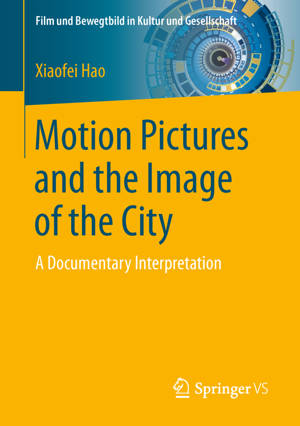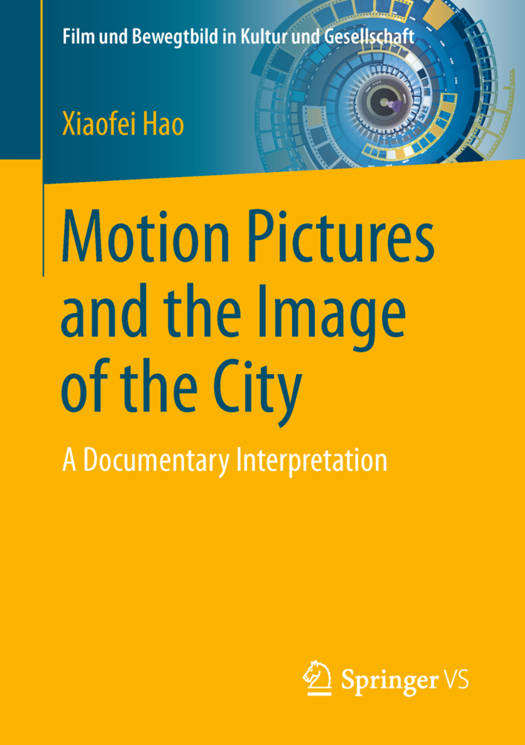
- Afhalen na 1 uur in een winkel met voorraad
- Gratis thuislevering in België vanaf € 30
- Ruim aanbod met 7 miljoen producten
- Afhalen na 1 uur in een winkel met voorraad
- Gratis thuislevering in België vanaf € 30
- Ruim aanbod met 7 miljoen producten
Zoeken
€ 52,95
+ 105 punten
Omschrijving
If you've ever had a special attachment to a film, and also an attachment to the city it was shot in, Xiaofei Haos book will give you a fresh eye on how the city is expressed in the film by the filmmaker. From the perspective of social science, each face of the city in a film comes from a choice - shown only on the basis of the filmmakers' selection criteria. In this process, the film becomes the cognitive map of that city. The interweaving of the city space and film language will be elaborated first from the perspective of urban studies. Then some viewpoints of tourism studies will be provided to explore the relation between the image of the city in the film and in reality. Two films about the city Taipei are looked at as case studies: A One and a Two (Yi Yi, Director Edward Yang, 2000) and Au Revoir Taipei (Director Arvin Chen, 2010).
Specificaties
Betrokkenen
- Auteur(s):
- Uitgeverij:
Inhoud
- Aantal bladzijden:
- 226
- Taal:
- Engels
- Reeks:
Eigenschappen
- Productcode (EAN):
- 9783658143398
- Verschijningsdatum:
- 9/06/2016
- Uitvoering:
- Paperback
- Formaat:
- Trade paperback (VS)
- Afmetingen:
- 148 mm x 210 mm
- Gewicht:
- 299 g

Alleen bij Standaard Boekhandel
+ 105 punten op je klantenkaart van Standaard Boekhandel
Beoordelingen
We publiceren alleen reviews die voldoen aan de voorwaarden voor reviews. Bekijk onze voorwaarden voor reviews.











